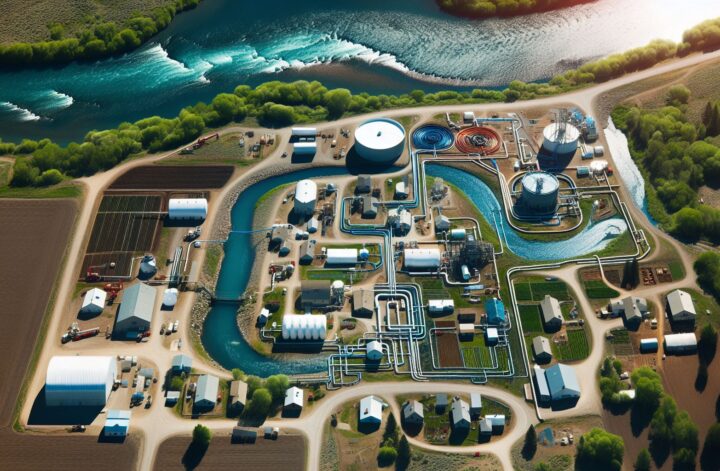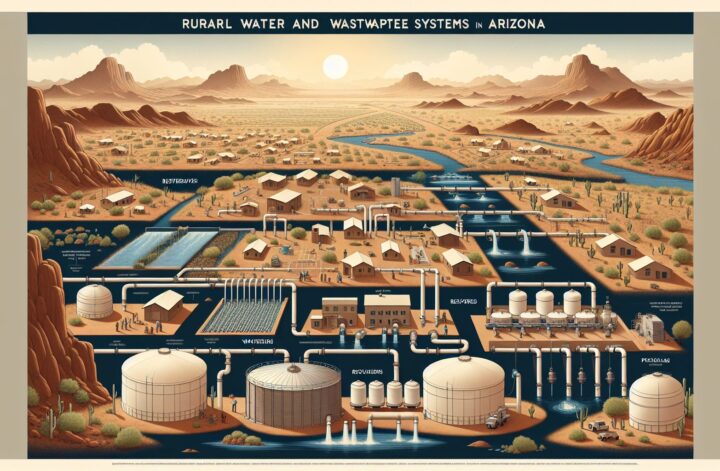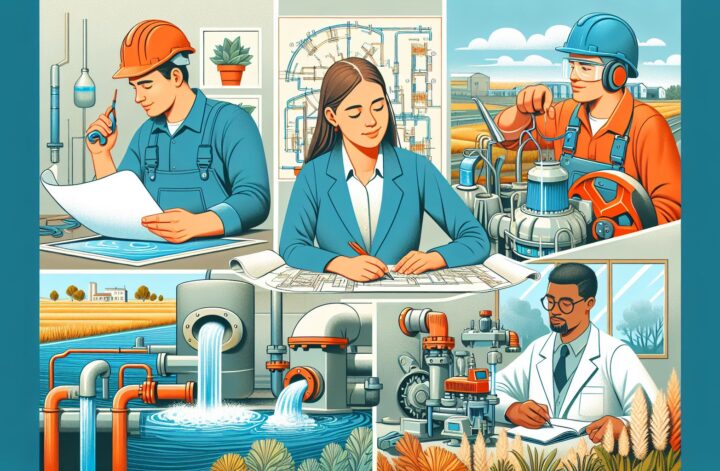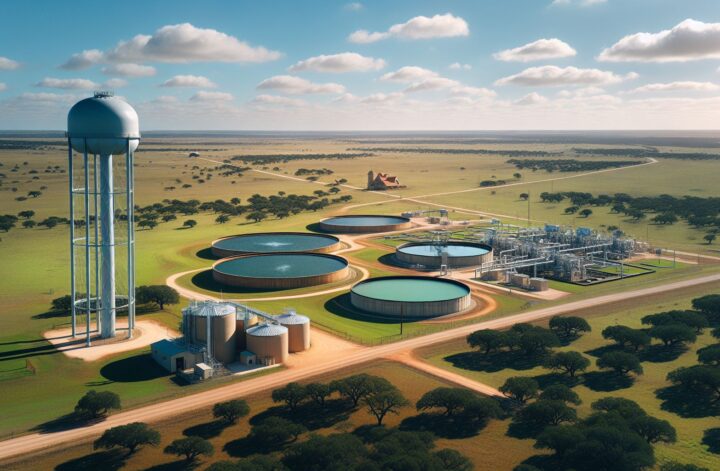Despite its vast agricultural lands and robust natural resources, the state of Idaho isn’t a stranger to water-related challenges. The state’s rural water and wastewater systems in particular face unique complexities due to geographical constraints, seasonal fluctuations in water availability, and the challenges of maintaining aging infrastructure.
Idaho’s Unique Water Challenges
Rural Idaho’s water and wastewater systems face unique hurdles. As one of the largest states in the U.S., many of Idaho’s sparsely populated communities are spread out, making the delivery and management of clean water and wastewater services logistically challenging. Moreover, given the state’s heavy reliance on underground water sources, fluctuations in water availability — driven by climate change, irrigation needs in agriculture, and increasing population demands — pose significant challenges to providing reliable access to water.
For example, in recent years south-central Idaho’s Snake River Plains has wrestled with aquifer depletion due to over-pumping of groundwater. This problem has been exasperated by a decrease in overall precipitation, impacting both the availability of surface water and the recharge rate of underground aquifers.
Maintenance and Infrastructure
In addition to natural challenges, maintaining and upgrading aging infrastructure is another significant obstacle for many of Idaho’s rural communities. Many of the state’s water and wastewater systems were established decades ago, and in some cases, they were not designed to handle today’s population sizes or water demand.
Recognizing these challenges, various state and federal programs have been initiated to help improve rural water infrastructure in Idaho. For example, the Idaho Department of Environmental Quality administers a variety of funding programs aimed at improving water and wastewater infrastructure. These include the Drinking Water State Revolving Fund (DWSRF) and the Clean Water State Revolving Fund (CWSRF), both of which offer low-interest loans and grants for qualifying projects.
Conclusion
While rural Idaho faces challenges in managing its water and wastewater systems, ongoing efforts to improve and modernize infrastructure promise a brighter future. Ensuring the continued success of these efforts will require collaborative efforts from state and local governments, environmental advocates, and citizens alike.




